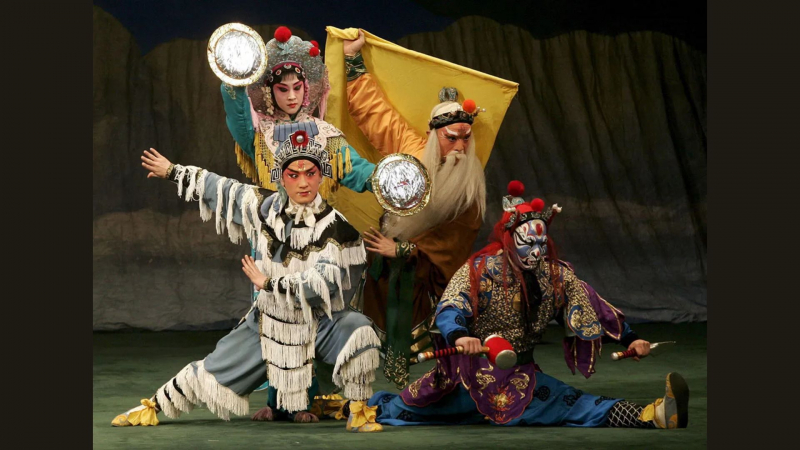Peking Opera
Peking opera (jng jù) is regarded as one of China's national treasures, combining excellent singing, beautiful gymnastics, lavish multicolored costumes, and passionate storytelling to produce a theatrical experience unlike any other. Peking opera was immensely popular during the Qing period and is still practiced as an art form in China today.
Peking opera can be scary to a newcomer. However, after you get past the painted faces, the performance itself reveals stories from Chinese history that have been passed down for thousands of years.
Farewell My Concubine (bà wáng bié j), a traditional Peking opera that depicts the tragic narrative of King Shang Yu and his loving Consort Yu from the late Qin dynasty, is one such example.
Due to its failure to appeal to a modern audience, Peking opera has seen a loss in viewers in the modern period. In addition, becoming a great performer in the Peking opera requires many years of difficult training beginning at a young age.
But outside of China, the art genre is experiencing a revival. Western audiences have shown interest in Chinese troupes that travel abroad. Even Western admirers have traveled to China to study the craft while competing and performing in well-known talent competitions on CCTV.










